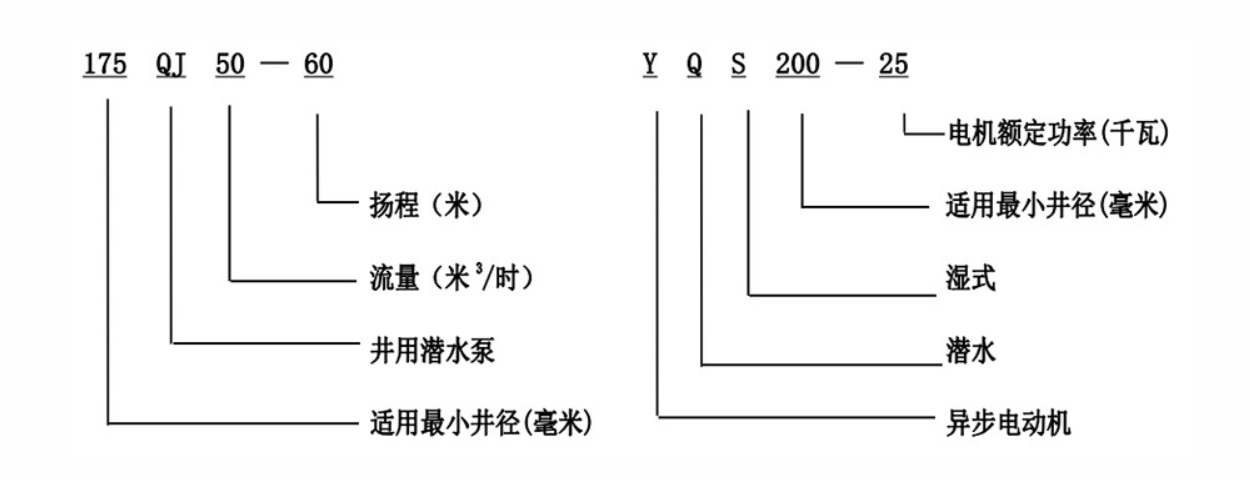Oct . 03, 2024 16:03 Back to list
aquarium pumps submersible
The Essential Guide to Submersible Aquarium Pumps
When it comes to maintaining a healthy and vibrant aquarium, one of the most crucial components is the pump system. Among the various types of pumps available, submersible aquarium pumps stand out due to their unique design and functionality. This article explores the benefits, features, and considerations of submersible pumps, making them an excellent choice for both novice and experienced aquarists.
What is a Submersible Aquarium Pump?
Submersible aquarium pumps are devices designed to be fully submerged in water. Unlike external pumps, which sit above the water level, submersible pumps operate quietly and efficiently while remaining hidden. These pumps are primarily used for circulating water, filtering it, and powering various aquarium equipment, such as filters and fountains.
Benefits of Submersible Pumps
1. Space-Saving Design One of the most significant advantages of submersible pumps is their compact design. Being submerged in the water allows them to save space and maintain a clean aesthetic within the aquarium. This is particularly important for smaller tanks where every inch counts.
2. Quiet Operation Another benefit of submerged pumps is their quieter operation compared to external alternatives. Since they are submerged in water, the noise produced is significantly dampened, creating a peaceful environment for both aquatic life and the viewer.
3. Energy Efficiency Submersible pumps are often designed with energy efficiency in mind. Many models utilize advanced motor technology that allows them to operate effectively, minimizing electricity consumption while maximizing performance.
4. Versatility These pumps can be used for various applications, such as water circulation, filtration, and even for creating water features like fountains. Their adaptability makes them suitable for different aquarium setups, whether freshwater or saltwater.
aquarium pumps submersible

5. Ease of Installation Setting up a submersible pump is generally straightforward. Most models come with clear instructions, and the process typically involves placing the pump in the water, connecting it to the appropriate equipment, and plugging it in.
Key Considerations When Choosing a Submersible Pump
While submersible pumps are highly beneficial, it’s essential to choose the right one for your aquarium. Here are a few factors to consider
1. Flow Rate The flow rate of a pump indicates the amount of water it can move per hour, measured in gallons per hour (GPH). It’s vital to select a pump with a flow rate appropriate for the size of your aquarium and the specific requirements of your aquatic inhabitants.
2. Size and Dimensions Ensure that the pump fits comfortably within your aquarium. Consider both the physical size of the pump and how it will fit into your overall setup, including any decorations or plants.
3. Durability and Warranty Look for pumps made from high-quality materials to withstand the harsh conditions of aquarium environments. Additionally, a good warranty can provide peace of mind regarding the pump's longevity and performance.
4. Ease of Maintenance Like any aquarium equipment, submersible pumps require regular maintenance. Choose a model that is easy to disassemble and clean to ensure its efficiency and longevity.
Conclusion
Submersible aquarium pumps are a fundamental part of any successful aquarium setup. Their compact design, quiet operation, and versatility make them an excellent choice for aquarists of all experience levels. By considering flow rates, size, durability, and maintenance requirements, you can select the perfect submersible pump that will help create a thriving aquatic environment for your fish and plants.
-
Submersible Water Pump: The Efficient 'Power Pioneer' of the Underwater World
NewsJul.01,2025
-
Submersible Pond Pump: The Hidden Guardian of Water Landscape Ecology
NewsJul.01,2025
-
Stainless Well Pump: A Reliable and Durable Pumping Main Force
NewsJul.01,2025
-
Stainless Steel Submersible Pump: An Efficient and Versatile Tool for Underwater Operations
NewsJul.01,2025
-
Deep Well Submersible Pump: An Efficient 'Sucker' of Groundwater Sources
NewsJul.01,2025
-
Deep Water Well Pump: An Efficient 'Sucker' of Groundwater Sources
NewsJul.01,2025
-
 Submersible Water Pump: The Efficient 'Power Pioneer' of the Underwater WorldIn the field of hydraulic equipment, the Submersible Water Pump has become the core equipment for underwater operations and water resource transportation due to its unique design and excellent performance.Detail
Submersible Water Pump: The Efficient 'Power Pioneer' of the Underwater WorldIn the field of hydraulic equipment, the Submersible Water Pump has become the core equipment for underwater operations and water resource transportation due to its unique design and excellent performance.Detail -
 Submersible Pond Pump: The Hidden Guardian of Water Landscape EcologyIn courtyard landscapes, ecological ponds, and even small-scale water conservancy projects, there is a silent yet indispensable equipment - the Submersible Pond Pump.Detail
Submersible Pond Pump: The Hidden Guardian of Water Landscape EcologyIn courtyard landscapes, ecological ponds, and even small-scale water conservancy projects, there is a silent yet indispensable equipment - the Submersible Pond Pump.Detail -
 Stainless Well Pump: A Reliable and Durable Pumping Main ForceIn the field of water resource transportation, Stainless Well Pump has become the core equipment for various pumping scenarios with its excellent performance and reliable quality.Detail
Stainless Well Pump: A Reliable and Durable Pumping Main ForceIn the field of water resource transportation, Stainless Well Pump has become the core equipment for various pumping scenarios with its excellent performance and reliable quality.Detail
